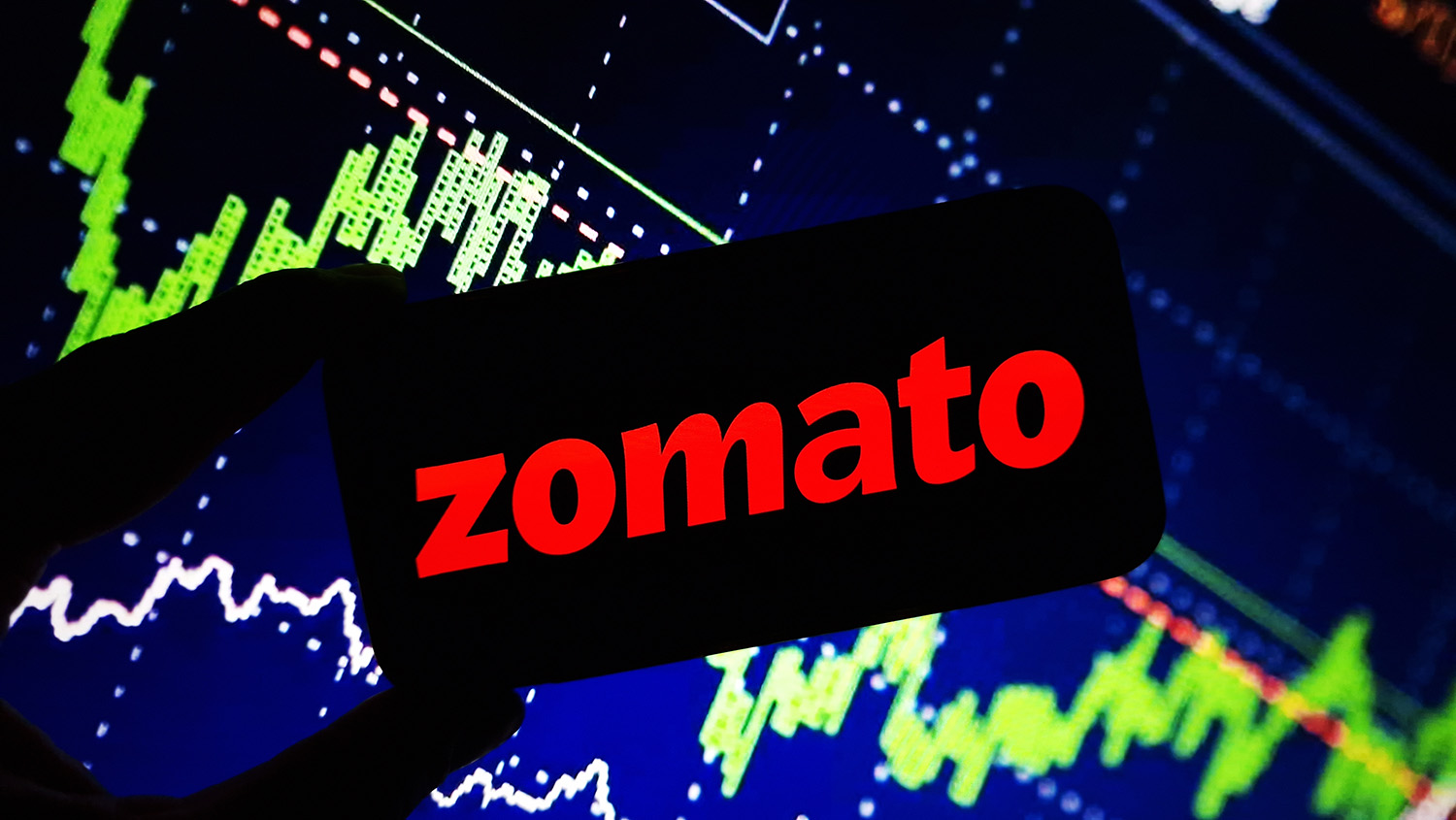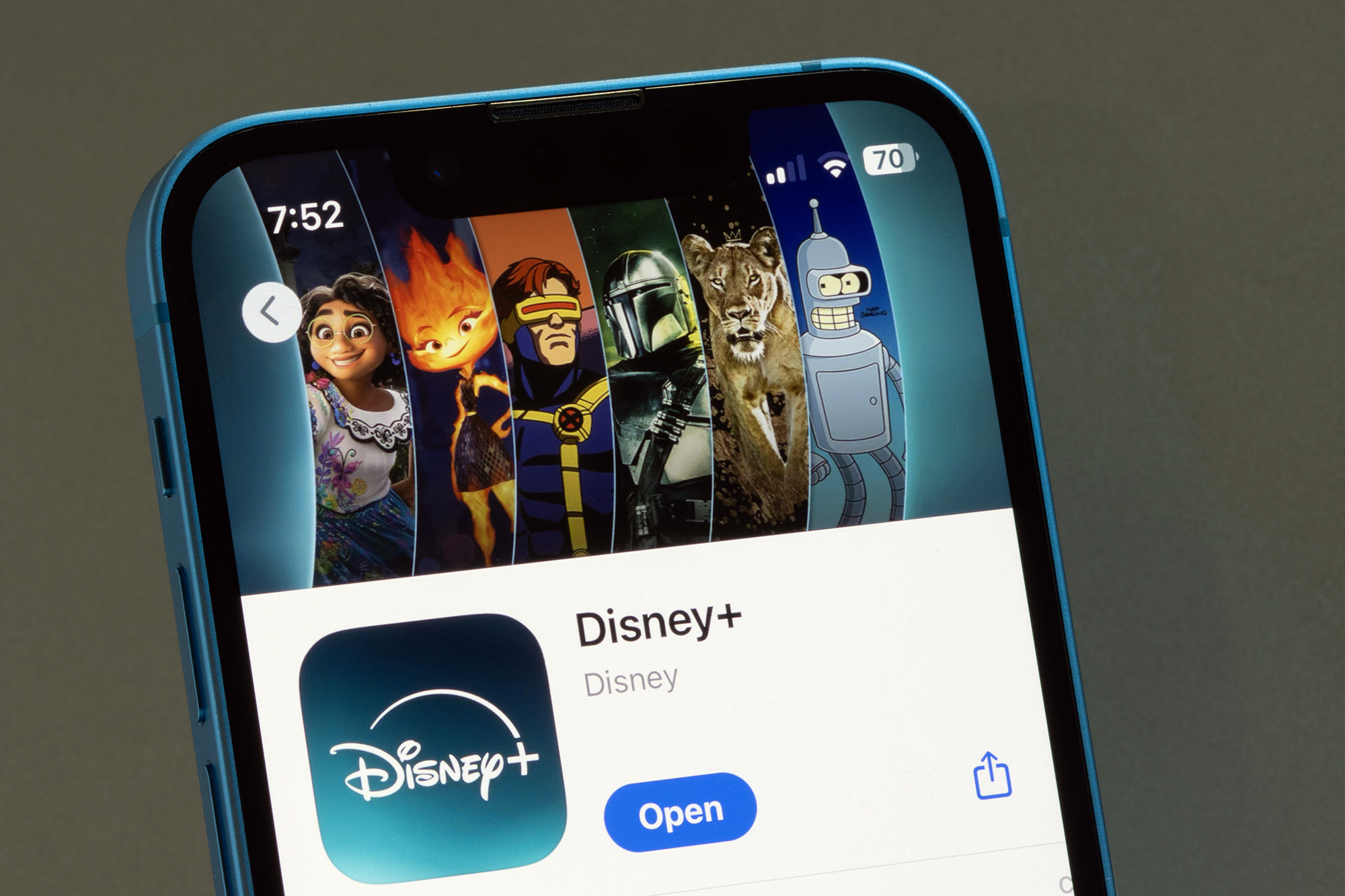Zomato's loss of 15% in less than a day…A top investor explains why stock's losing value
The quick commerce business added 216 stores this quarter, surpassing the 1,000-store milestone. Blinkit’s management now targets 2,000 stores by December 2025, a year ahead of schedule

“Zomato's loss of 15% in value in less than a day has a lot to do with profit margins getting hit in high-growth q-commerce,” wrote Aviral Bhatnagar, Founder and Managing Partner of AJVC.
His statement underscores the mounting pressures faced by Zomato, particularly through its quick commerce arm, Blinkit.
As Bhatnagar put it, “Q-commerce has started to get extremely fierce and is showing in the profit margins for Blinkit. High-growth companies swing both ways on profit growth/miss.”
The sharp decline in Zomato’s stock reflects the challenges of balancing aggressive expansion with profitability.
Blinkit posted an impressive 27.2% QoQ surge in gross order value (GOV) in Q3FY25, achieving a staggering annualized run rate of ₹31,000 crore. Yet, the costs of this growth are evident, with EBITDAM plunging to -1.3% from -0.1% in Q2, largely due to accelerated store openings and higher customer acquisition expenses.
Zomato’s core food delivery business also faced headwinds, with GOV growth coming in at 2.3% QoQ, reflecting a broad-based slowdown. The company’s management acknowledged weaker demand since November but noted steady improvement in contribution margins.
Zomato’s B2B venture, Hyperpure, continues to scale effectively. With EBITDA margins nearing breakeven, this segment remains a key contributor, highlighting Zomato’s ability to diversify beyond food delivery.
To reduce dependency on food delivery, Zomato has entered the entertainment space with a new app targeting event and movie ticketing. With ambitions to rival BookMyShow’s 60% market share, this move reflects the company’s commitment to creating a broader ecosystem.
The quick commerce business added 216 stores this quarter, surpassing the 1,000-store milestone. Blinkit’s management now targets 2,000 stores by December 2025, a year ahead of schedule. Analysts like Nuvama suggest this expansion may “hurt profitability in the short term but shall ultimately lead to bunching up of profitability in future quarters as these stores mature.”
Zomato’s core food delivery business also faced headwinds, with GOV growth coming in at 2.3% QoQ, reflecting a broad-based slowdown. The company’s management acknowledged weaker demand since November but noted steady improvement in contribution margins.
Zomato’s B2B venture, Hyperpure, continues to scale effectively. With EBITDA margins nearing breakeven, this segment remains a key contributor, highlighting Zomato’s ability to diversify beyond food delivery.
To reduce dependency on food delivery, Zomato has entered the entertainment space with a new app targeting event and movie ticketing. With ambitions to rival BookMyShow’s 60% market share, this move reflects the company’s commitment to creating a broader ecosystem.
Global brokerage firms have slashed Zomato’s target prices, with Macquarie setting a low of ₹130. Analysts warn that rising competition in q-commerce and increased digital marketing costs could further strain margins, despite promising long-term growth potential.

